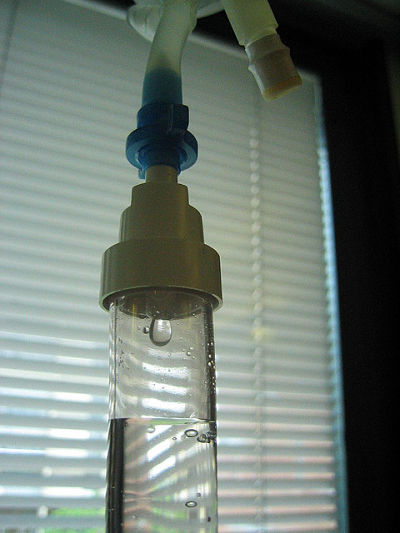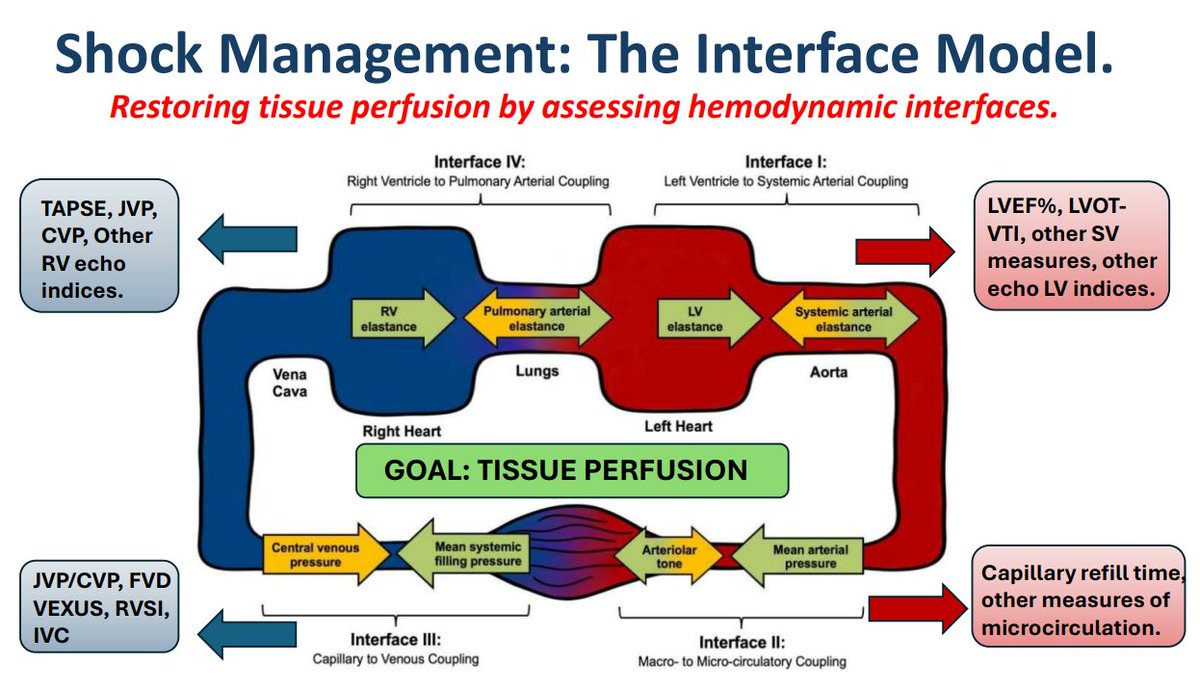Acute Kidney Injury (AKI) is a rapid deterioration in kidney function that can occur over hours or days. One of the most important—and reversible—forms of AKI is prerenal failure. This condition arises not because of structural damage to the kidneys themselves, but due to reduced blood flow reaching the kidneys. Without adequate perfusion, the kidneys cannot perform their essential functions, which include filtering waste, regulating electrolytes, and balancing fluid levels.
Understanding prerenal failure is key to preventing long-term renal complications, including irreversible renal failure.
What Is Prerenal Failure?
Prerenal failure is a type of AKI caused by hypoperfusion—inadequate blood flow to the kidneys. The kidneys are highly vascular organs that require a constant and robust blood supply. When that supply drops, the glomerular filtration rate (GFR) decreases, meaning less blood is filtered, and waste products begin to accumulate.
This is not due to intrinsic damage to kidney tissue, but rather a problem before the kidneys—hence the term “prerenal.”
Causes of Prerenal Renal Failure
There are three main categories of causes:
- Absolute Fluid Loss
- Hemorrhage or major trauma
- Severe vomiting or diarrhea
- Extensive burns leading to fluid evaporation
- Relative Fluid Loss
- Distributive shock, such as in sepsis or anaphylaxis, where blood volume is redistributed away from the kidneys
- Third-spacing, where fluid accumulates in non-circulating compartments like ascites or edema
- Impaired Cardiac Output or Vascular Supply
- Congestive heart failure, where the heart fails to pump effectively
- Renal artery stenosis, where narrowing of the renal artery reduces perfusion
- Embolic events, such as a clot obstructing the renal artery
In all these scenarios, the kidneys are structurally intact but are under-perfused.
How Does Prerenal Failure Affect Kidney Function?
As blood flow to the kidneys decreases:
- Less urea and creatinine are filtered out.
- These nitrogenous waste products accumulate in the blood, leading to azotemia.
- The BUN-to-creatinine ratio increases, often exceeding 20:1, due to enhanced urea reabsorption driven by sodium and water retention.
- The renin-angiotensin-aldosterone system (RAAS) is activated, promoting sodium and water reabsorption in an attempt to maintain blood pressure and volume.
This leads to:
- Oliguria (urine output <400 mL/day)
- Concentrated urine (>500 mOsm/kg)
- Low urinary sodium (<20 mEq/L)
- Fractional excretion of sodium (FENa) <1%
These laboratory values are classic markers of prerenal failure and help differentiate it from intrinsic renal conditions.
Why Prerenal Failure Matters
Prerenal failure is highly reversible if identified and treated early. Restoring blood flow—whether through fluid resuscitation, inotropes for heart failure, or managing shock—can normalize renal function rapidly. However, prolonged hypoperfusion can progress to acute tubular necrosis (ATN), an intrinsic renal injury with a much worse prognosis.
Therefore, early recognition is essential in preventing the transition from prerenal injury to irreversible renal failure.
Conclusion
Prerenal failure is the most common and potentially preventable form of acute kidney injury. It serves as a warning sign that systemic perfusion is compromised, often indicating broader hemodynamic instability. Through timely intervention and close monitoring of renal function markers, clinicians can prevent long-term renal failure and preserve kidney health.









